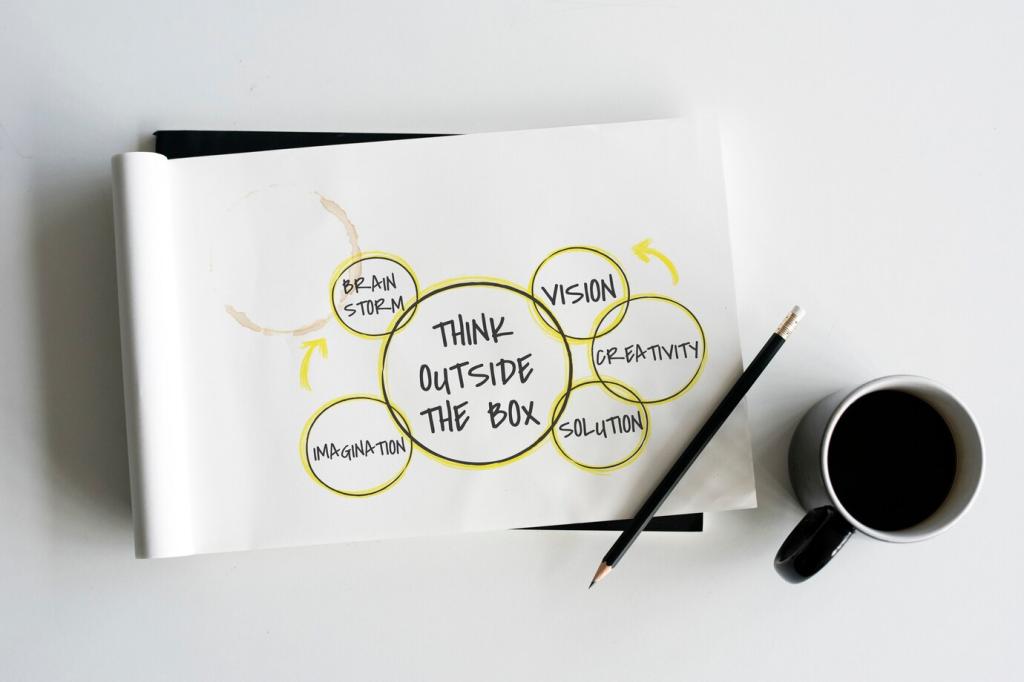Frames, Metaphors, and Mental Models
Good metaphors translate complexity. Air pollution as secondhand smoke clarifies shared risk. Carbon as a household budget highlights overspending. Wetlands as the city’s kidneys makes function tangible. Test metaphors with diverse readers, and retire any that confuse, stigmatize, or oversimplify harmfully.
Frames, Metaphors, and Mental Models
Shift the narrative from loss to gain. Insulation is not a sacrifice; it is comfort, health, and money saved every year. Transit becomes freedom from traffic and surprise bills. Name co-benefits early and often, then connect them to community pride and long term prosperity.









